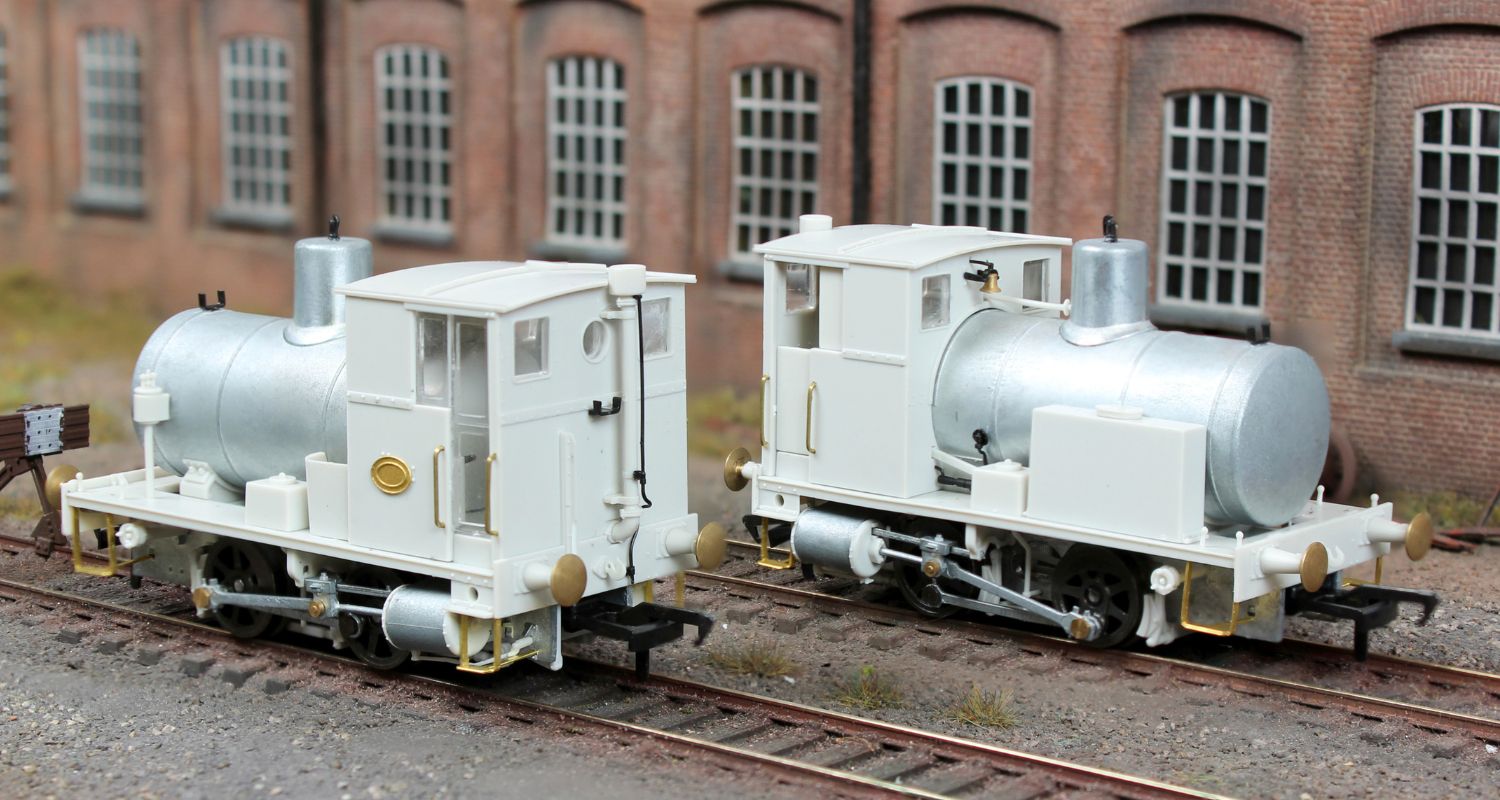Rapido Trains UK have revealed fully tooled engineering samples for their all-new Andrew Barclay Fireless 0-4-0 locomotive in OO gauge!
This new range recreates probably the best-known variant of the unusual Fireless locomotive style, ‘Caledonia’ in a huge range of colourful liveries covering usage at industrial sites across the UK. There’s even a special fictional ‘Guy Fawkes’ livery, perfect to pair with Rapido’s matching wagons.
These industrial oddities survived far longer than most British Railways and industrial coal-fired steam locos with many examples working into the 1980s and even into the 1990s with many examples later preserved around the country – making them perfect for use on a huge variety of layouts.
You can see images of the Fireless engineering samples here as well as colour renders for all the different models. Release dates are to be confirmed, so stay tuned for further updates.
Pre-Order Now
Product Features:
High level of detail with plenty of separately fitted parts
Optional user-fitted cab window shutters, doors and lamps.
NEM 363 dovetail coupling
E24 decoder socket
High quality motor and mechanism
Die-cast metal and injection moulded plastic construction
Many accurate tooling variations
Prototype Information
As the railways established themselves as a reliable method to transport goods one problem came to the forefront – fire. Steam locos fundamentally need a heat source created from some form of fire to turn water into steam. However, this fire, alongside sparks emitted from the chimney, caused great concern in environments where munitions, fuel or other flammable materials were being moved or stored.
The solution is a locomotive that won’t spark, or have a naked flame on board. Thankfully, some bright spark had the clever idea of harnessing steam power in a large rechargeable steam reservoir, which would sit in the place of the boiler of a conventional steam locomotive. This reservoir would be filled with a mix of boiling water and steam at high pressure. As the locomotive was used the steam would be used and thus the pressure in the reservoir would drop. This in turn allowed the water to start to boil replacing the steam that had been used. With this method a locomotive could work for about 4 hours prior to recharging.
The result is a design that has a distinct lack of key features which people associate with more traditional steam locomotives, such as a smokebox and chimney, a firebox, forward-mounted cylinders and coal bunkers or tenders. Its lack of a firebox requires its cylinders to be rear-mounted both to improve efficiency and redistribute the weight of the loco, and its other missing features are simply because they are surplus to requirement.
The largest number of British-built fireless locomotives were constructed by Andrew Barclay & Co. Ltd, and an impressive 114 were built between 1913 and 1961 of varying designs, so it was only fitting that we pick the most numerous of Barclay’s prototypes, the ‘Caledonia’, to produce as the very first Ready-to-run OO Gauge British Fireless loco. These industrial oddities survived far longer than most British Railways and industrial coal-fired steam locos with many examples working into the 1980s and even into the 1990s with many examples later preserved around the country.
(Information provided by Rapido Trains UK)
 Rapido Fireless 0-4-0 Engineering Samples
Rapido Fireless 0-4-0 Engineering Samples

 Announcing the Rails x Hattons Archive Auction
Announcing the Rails x Hattons Archive Auction